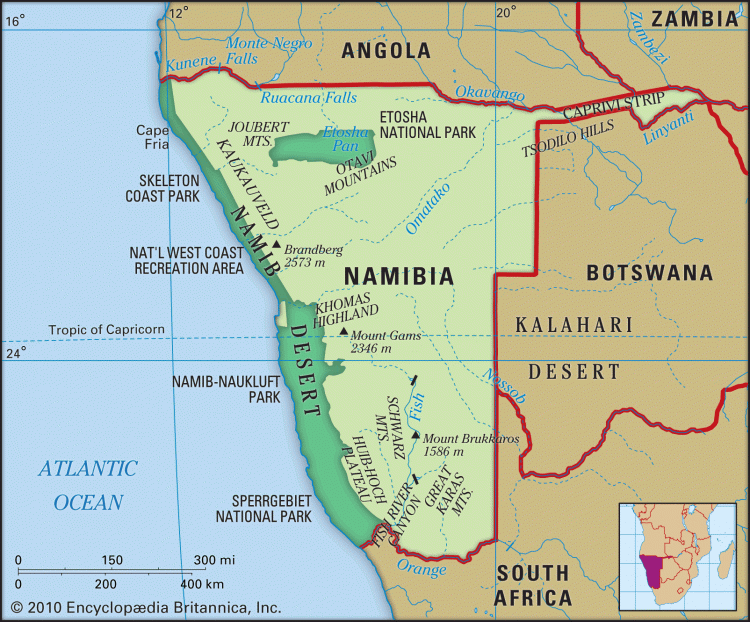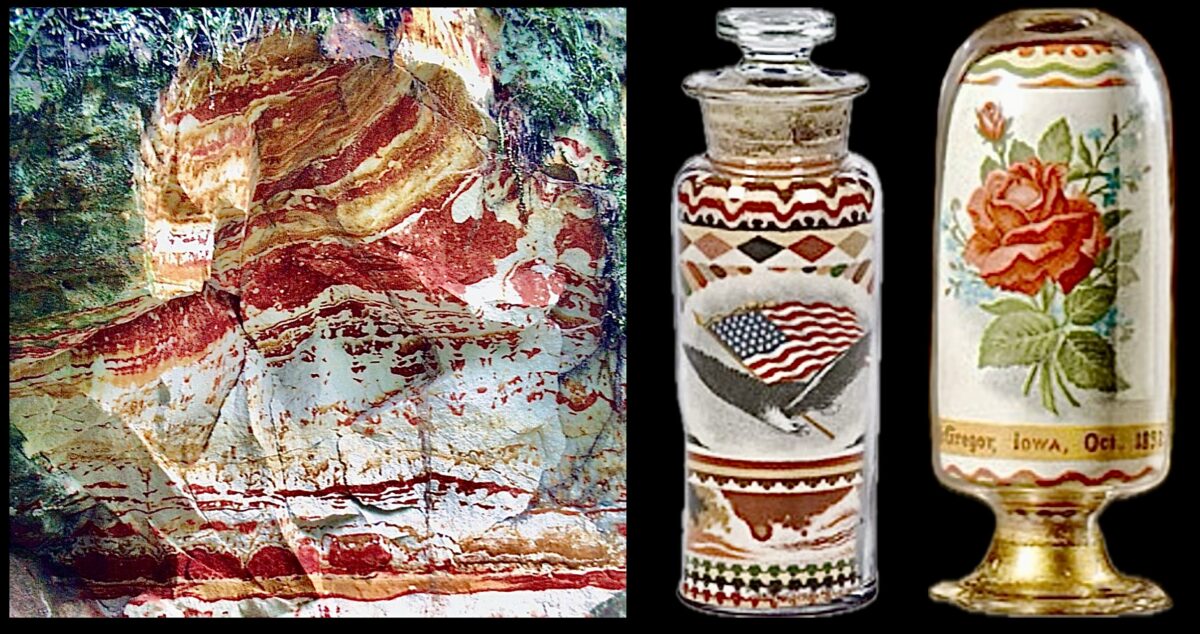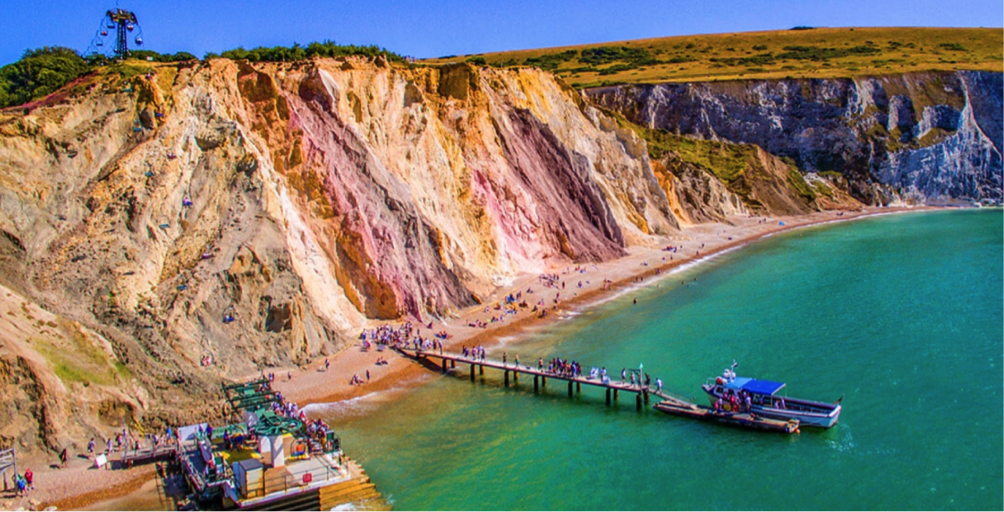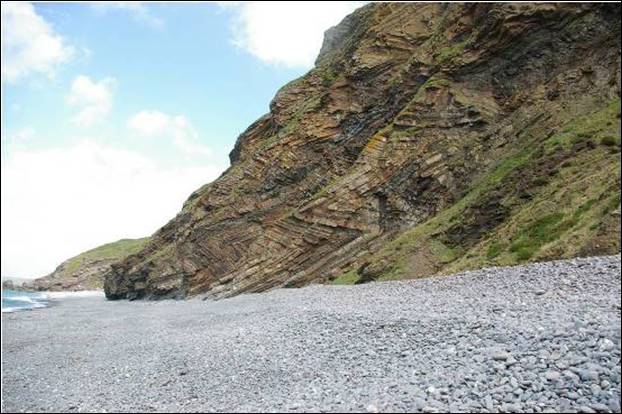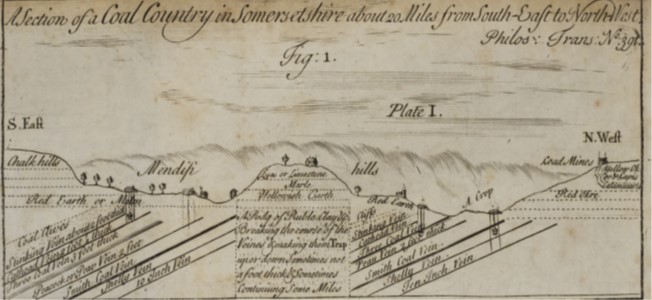Dorset Geologist’s Association Group (DGAG) will host a talk on the Tuesday 23rd September 2025.
Title: Diamond ‘Stratigraphy,’ SDRs & LIPs*, A 1200 km ‘Restricted’ Margin and a new oil province: The Orange Basin Offshore Namibia & South Africa: An Aggressive Passive (Passive Aggressive?) Margin Basin
Speaker: Allan Scardina (Upstream Decisions LLC) who has forty plus years in exploration geology (Oil/Gas) in many parts of the globe.
Time: Talk will start at 7pm; finish approximately 8pm
Venue: Activity Meeting Room: Dorford Centre, Bridport Road, Dorchester, DT1 1RR
Lecture Entry Cost: All welcome: £6 non-members (£5 for DGAG members), cash best.
Booking a seat: contact Chris Webb at email: events@dorsetgeologistsassociation.org
Talk Description: This promises to be an intriguing mix of “hard rock” diamonds and “soft rock liquid gold” – Editor comments!
Speakers summary:
Passive margins are named for their notional lack of significant post-rifting tectonic activity. A ‘standard’ well-behaved passive margin goes through progressively slowing tectonic subsidence related to the cooling of the underlying crust. That is, most of the time.
However, in some cases, passive margins are anything but. The extensive Orange Basin offshore Namibia and South Africa is one such ‘aggressive’ passive margin. The rifting phase appears to have been heavily dominated by the development of seaward dipping reflectors (SDRs), probably in two different phases. However, the origins of these SDRs may not be what is commonly assumed by the “SDR” nomenclature. Post-rift uplift (rebound?) created one-to-several regional ridges that significantly impacted future clastic and carbonate facies development. The boundaries of the greater Southern Africa margin were, in the Aptian (exact timing may vary along the margin), geographically restricted by hot spot-generated ridges, leading to a Mediterranean-scale silled basin and the development of a thick organic-rich marine layer that is the source rock for the recent petroleum discoveries. Significant uplift (ca. 1000 – 2000+ m) of the southern African Plateau in the Late Cretaceous- Early Tertiary and linked tilting and erosion of the margin resulted in the development of at least two interconnected updip extensional-downdip compressional systems and contributed considerably to the development of both the rich placer deposits of high-quality diamonds that makes Namibia the world’s leading sources of “marine” diamonds and the turbidites containing some of the recent large hydrocarbon discoveries. The active nature of this margin continues into the Tertiary with present-day earthquakes up to M5 and seamounts probably linked to Late Tertiary volcanics in the deep offshore, both of which might be related to a reactivated transform system or underlying deep mantle processes.
This talk will illustrate the above events, place them in a regional context, and highlight several remaining uncertainties along the margin. It will also touch on the geopolitical impact of geology.
*Large Igneous Provinces = LIPs
Seaward Dipping Reflectors on seismic records = SDRs
Photo: Courtesy of the Encyclopedia Britannica pending better from the speaker
Additional Links: Pending more information

